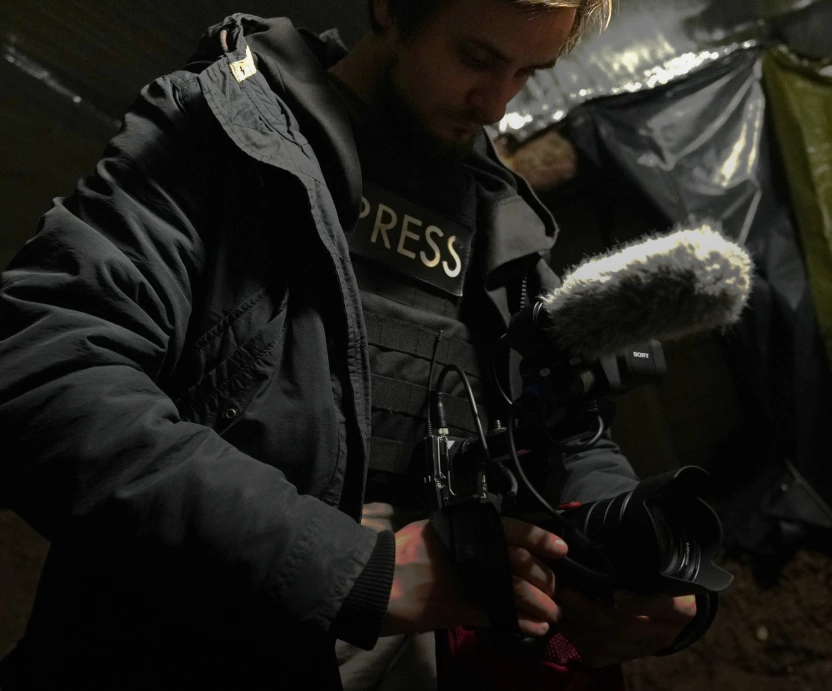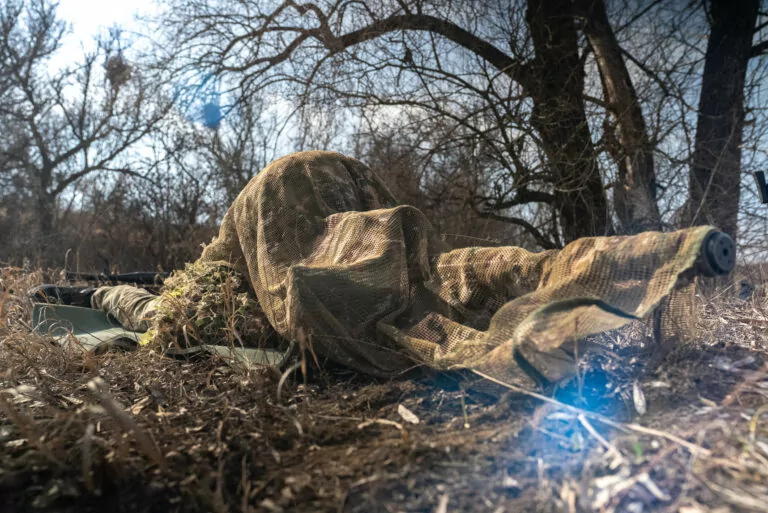National police forensic experts have identified all the dead in Hroza village. Russian troops killed 59 people with Iskander missile – Interior Minister reported.
19 people were identified using portable DNA laboratories. Police forensic scientists spent 6 days collecting samples from relatives around the clock, developing profiles and looking for matching fragments.
Forensic experts identified one of the victims, a 60-year-old man, from 20 body parts. Two more people were identified using personal belongings seized from the victims’ homes, as they had no direct line relatives to compare DNA profiles.
“The investigators and forensic specialists of the Kharkiv police have done a tremendous and unprecedented job. This was also thanks to modern mobile DNA laboratories. Without them, the process of identifying so many bodies and fragments would have taken about a year. It was essential for us to identify each of the deceased, preserve their memory and record all the victims of the Russian strike”, Interior Minister Ihor Klymenko said.
Around 1:25 p.m. on October 5, the Russian army shot a missile at a café in the Hroza village of Kupiansk district. Hroza has 330 residents, but around 100 of them lived there when the tragedy happened.
At least one person from each household has been present at the café. People gathered there for reburial and wake for a fallen Ukrainian soldier.
GWARA’S CHOICE
Five days of Hroza. The village buries those who died in a Russian attack on October 5. The first dead in a missile strike were buried on October 7. The day before, the digging of 40 graves began at the village cemetery. Since the day the missile hit, two to five people have been buried here daily. The funerals are held in two cemeteries: in Hroza and the neighboring village. The funeral bureau workers finish digging the grave.




